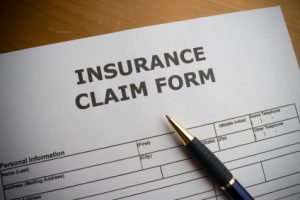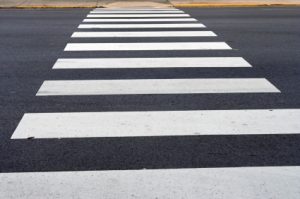
In recent years, the ubiquity of Amazon delivery trucks has become a symbol of modern convenience. However, amidst the rush to meet demands and fulfill orders swiftly, a darker reality has emerged. These vehicles, while efficient in delivering packages at breakneck speed, have also been implicated in a rising number of accidents. The negligence associated with Amazon delivery trucks has posed significant risks to road safety.
Believe me, I know. I am a Syracuse NY car accident lawyer currently representing, in a wrongful death case, the family of man killed by an amazon delivery truck. The amazon delivery truck driver was too busy looking at mailbox addresses on a rural road to bother looking ahead before he started turning left into a driveway. The Amazon driver never saw my client’s vehicle because he never looked. Instead of delivering an amazon package, the Amazon driver delivered death to my clients’ father/husband by turning directly into his path.
One of the primary issues contributing to these accidents is the immense pressure on drivers to meet demanding delivery schedules. Amazon, known for its commitment to fast delivery, often sets stringent deadlines, compelling drivers to navigate congested streets and highways with little room for error. This rush frequently results in speeding, reckless maneuvers, and fatigue-driven errors among drivers striving to fulfill their delivery quotas.
 Central New York Injury Lawyer Blog
Central New York Injury Lawyer Blog



